A quick note about Van Vogt: I read several short stories by Van Vogt in my youth, but I found them slightly disturbing and difficult to classify in the face of the more popular and classical works of Asimov and Clarke that we were all reading at the time. Twenty five years later I re-read The Voyage of The Space Beagle and was quite stunned by the lucid futuristic visions. I collected a set of his paperback works (see below) and explored further to find that Van Vogt seems to write in two major categories: (1) Future exploration (2) Supermen and mutants. The former category is by far my favourite, the latter I find a bit tedious. One of Van Vogt's most stunning futuristic visions is in Quest For The Future, where a man see-saws through time seeking immortality. The way he travels through time is wildly imaginative.
Van Vogt has a knack for inventing futuristic science that walks a fine line between being silly and vaguely credible. He loves to throw jargon from physics and mathematics into his works, with results that are sometimes flawed, but always entertaining. Some examples follow.
In the short story Fulfillment, a man plays cat and mouse with a time travelling machine, and in the end they merge minds...
Using their superb integration, I multiply the number 71823, by itself, compute its square root, its cube root, divide the 182 part of it by 7 one hundred and eighty-two times, divide the whole number 71 times by 8, 823 times by the square root of 3, and—stringing all five figures out in series 23 times—multiply that by itself.
Following are the results of the calculations, with 60 digit decimal precision to save space. The final integer has 230 digits.
- 5158543329
- 267.998134321864263234764530211882381902159255271434298003146...
- 41.5675582250914548545853931567033182163247275712374242746065...
- 0.142857142857142857142857142857142857142857142857142857142857...
- 126.448943661971830985915492957746478873239436619718309859155...
- 50.3852106731549104305475004398445812113945329058011210404424...
-
515864650141416363313124626161210761599110906058210073595650905658548080395753
107022565140600555497049885448003971431457365424162746712517975688261967670527
21377722282307873929247797563026480773312818179032298828073331583824343329
These results were calculated in less than a blink of time using the software package Mathematica . It took a couple of minutes to prepare the script to run the calcuations. See my local tribute page to Mathematica .
The book Monsters contains a gripping story of alien invasion and resurrection (one of my favouries), but the following story titled Vault of The Beast contains a surprising discussion of prime numbers, flawed as usual in a strange way...
He snatched a book from the little wall library beside his desk, and rippled through it. 'The largest known prime is ah, here it is—230584300921393951. Some others, according to this authority, are 77843839397, 182521213001, and 78875943472201.' His frown deepened. 'That makes the whole thing ridiculous. The ultimate prime number would be an indefinite number.'
The concept of 'ultimate prime number' is somewhat vague in the context of the story, but given the trivial fact that there are an infinite number of prime numbers, I presume Van Vogt knew this and hinted at it through the use of the inappropriate expression 'indefinite number'. Here are the factorisation results for the numbers:
- 230584300921393951 = 7 * 103 * 1827673 * 174983047
- 77843839397 = [prime]
- 182521213001 = [prime]
- 78875943472201 = [prime]
It's curious that in 1952 he would pick 3 quite large valid primes, but the first and largest one is a very poor choice, having a trivial factor that could have been found with pencil and paper. The nearby primes are the following, so he was close to one of them:
- 230584300921393873
- 230584300921393963
- 230584300921393973
- 230584300921394041
The largest prime at the time I write this in March 2021 seems to be the Mersenne prime 282589933-1 which has 24,862,048 digits. In 1951, just before Van Vogt wrote Vault of The Beast, the largest known prime was actually the 44 digit prime (2148+1)/17 = 20988936657440586486151264256610222593863921.
Book Covers/A E Van Vogt (30)
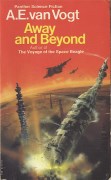 |
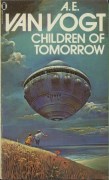 |
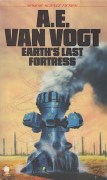 |
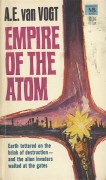 |
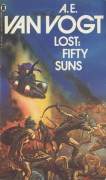 |
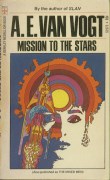 |
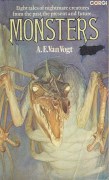 |
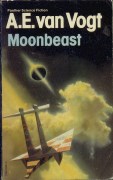 |
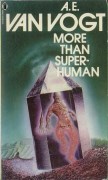 |
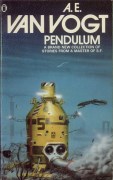 |
 |
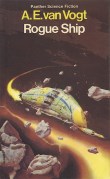 |
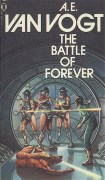 |
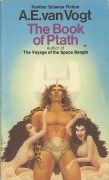 |
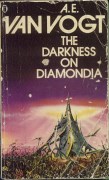 |
 |
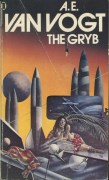 |
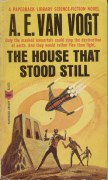 |
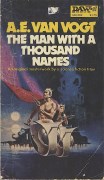 |
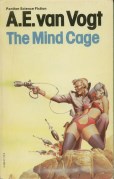 |
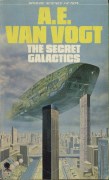 |
 |
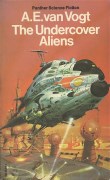 |
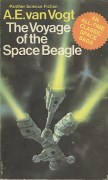 |
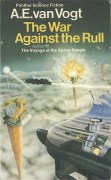 |
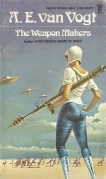 |
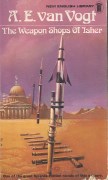 |
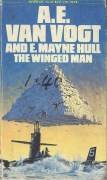 |
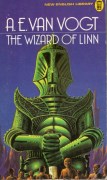 |
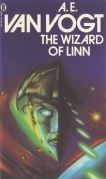 |
Contents generated on machine OWL by Hoarder 8.0.31.0 on Monday, 01 December 2025 16:59 GMT+11:00